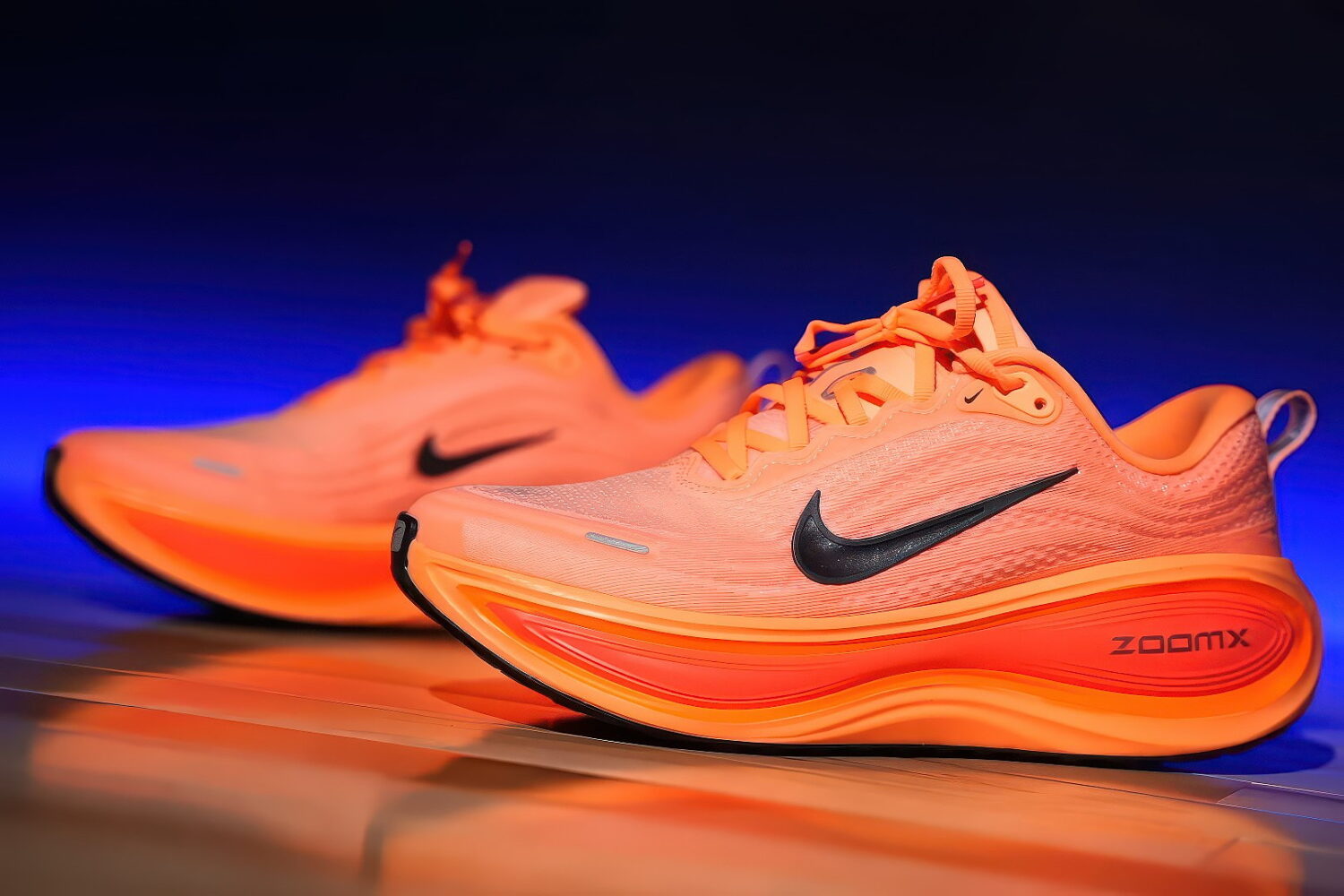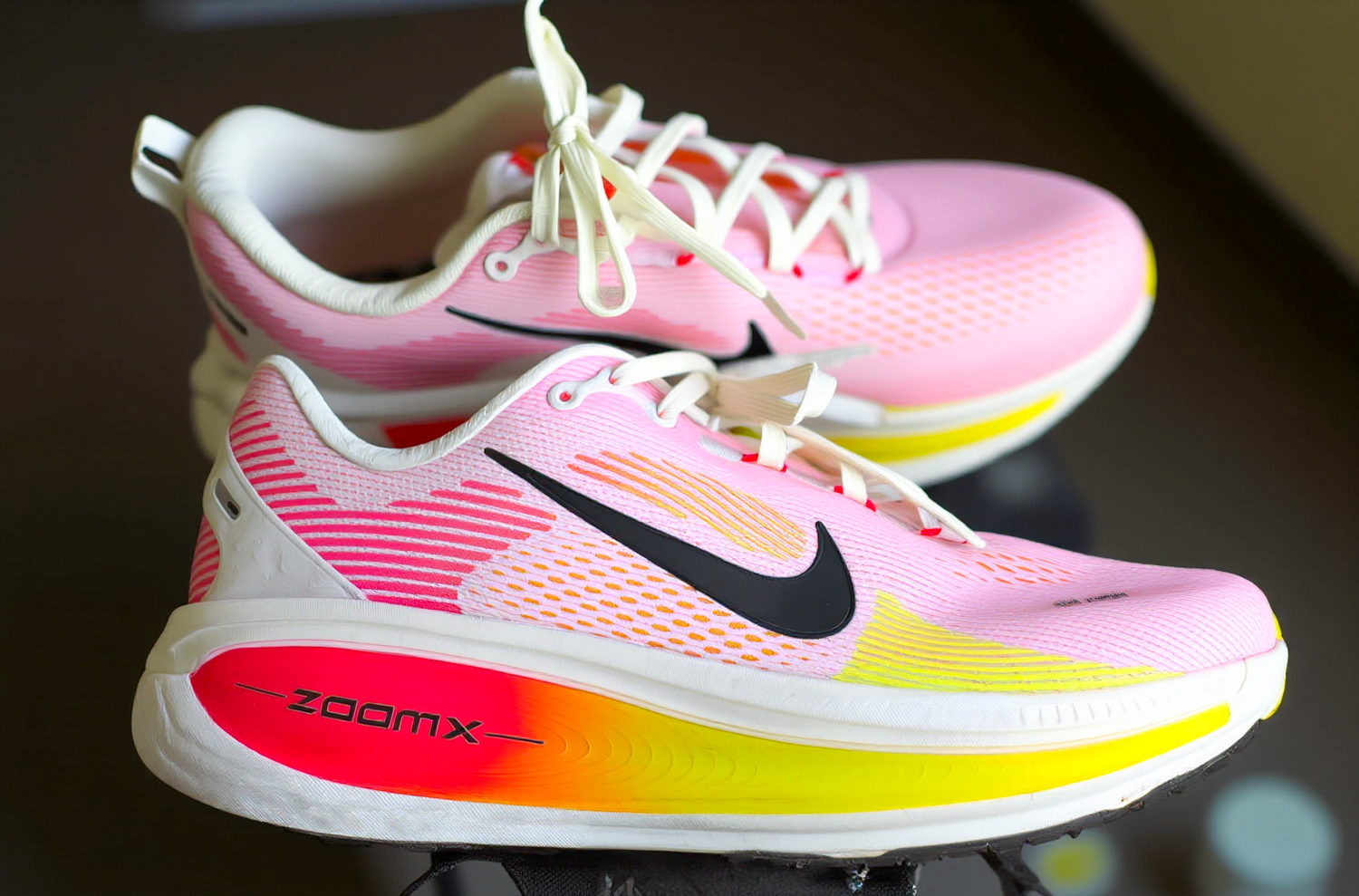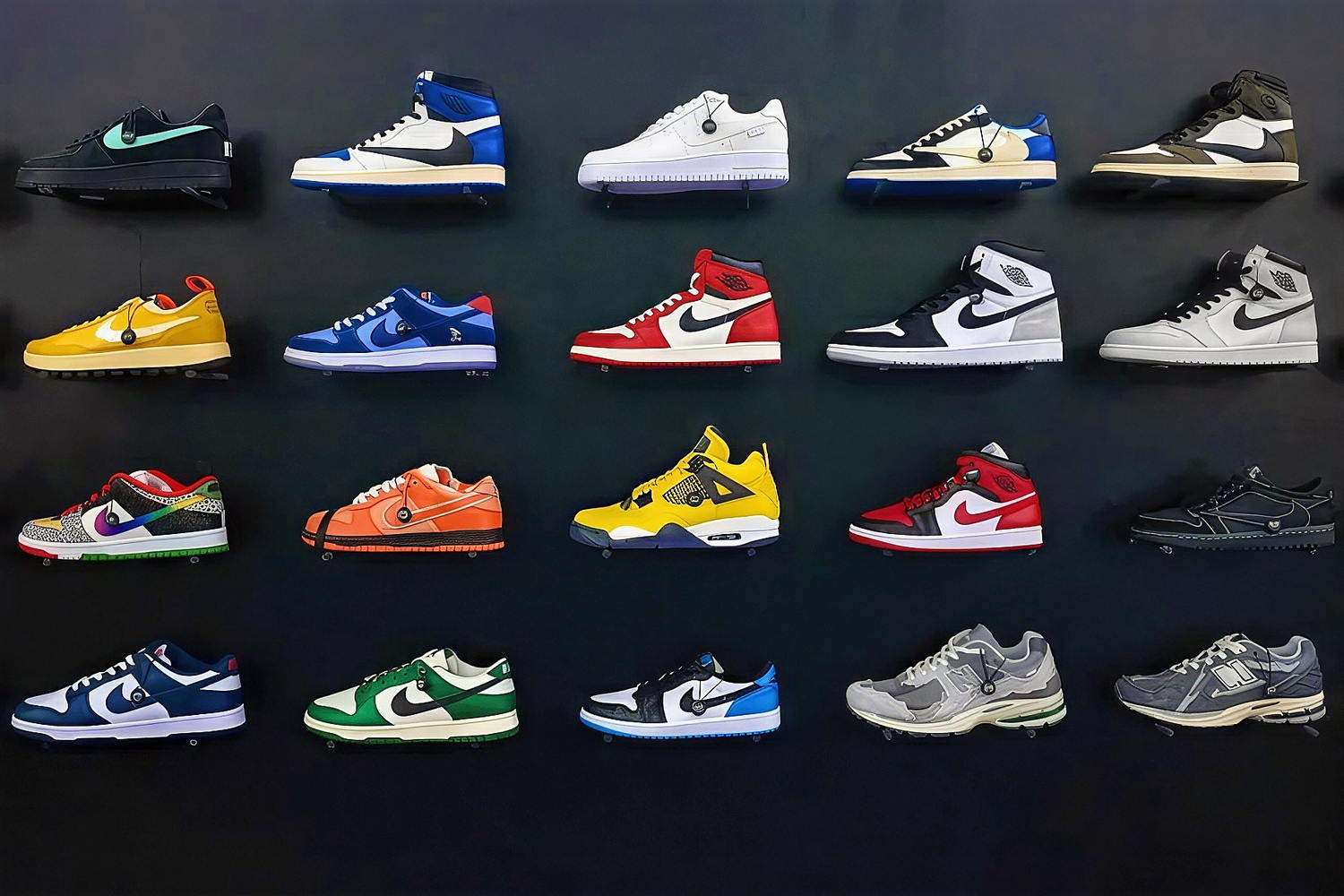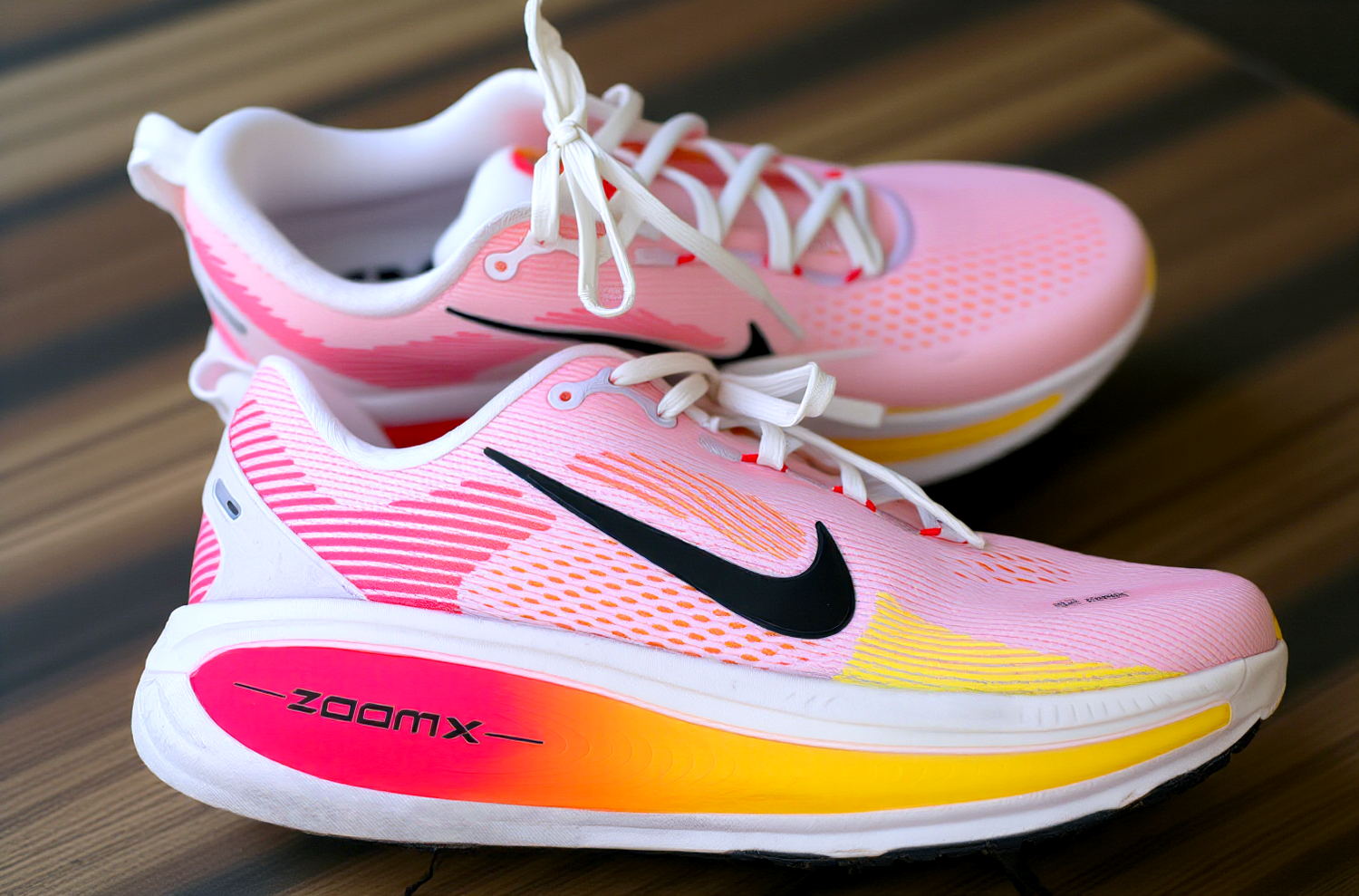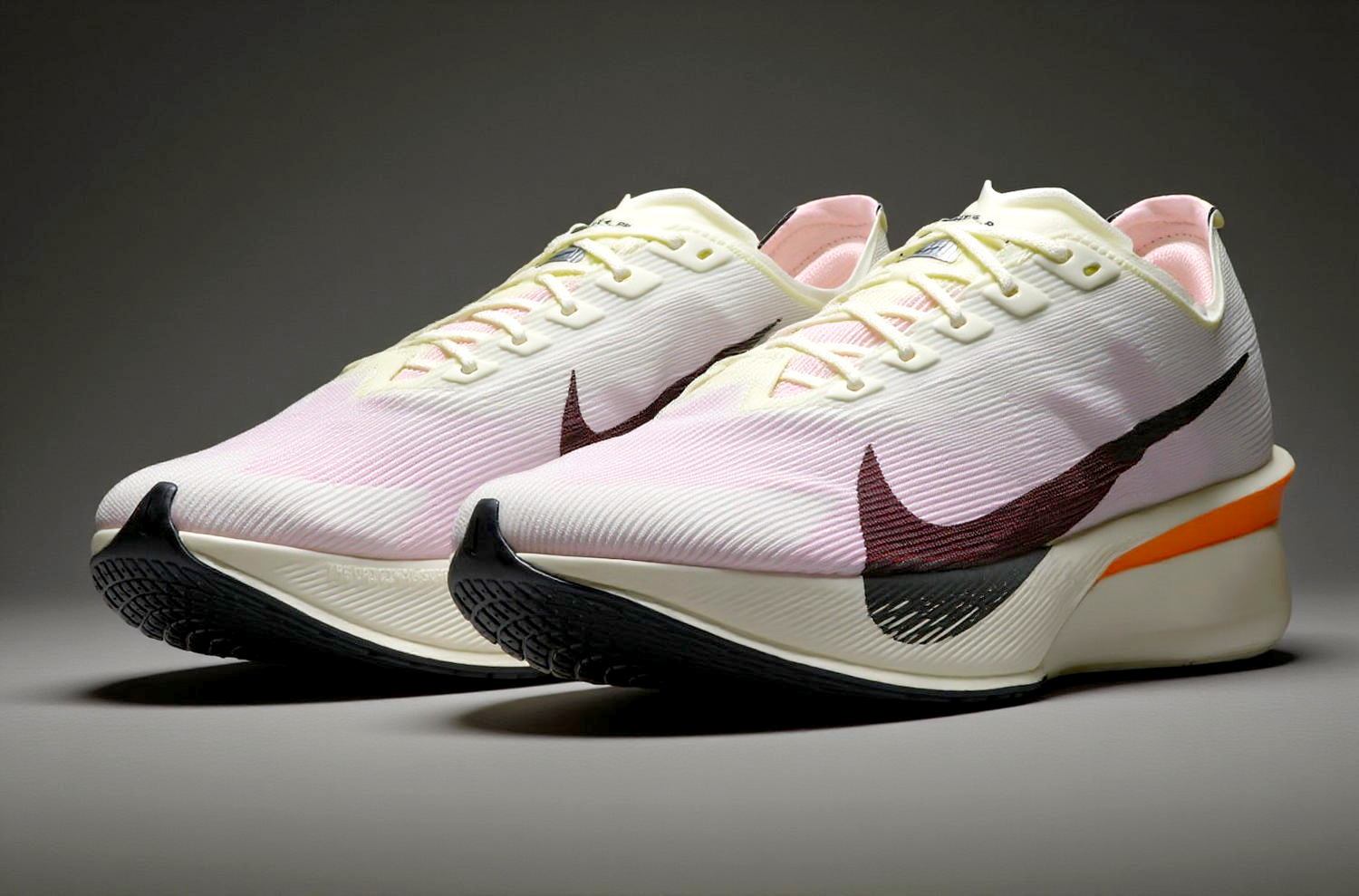Nike Pegasus Premium: A Deep Dive into the Hype, Tech, and Real-World Performance
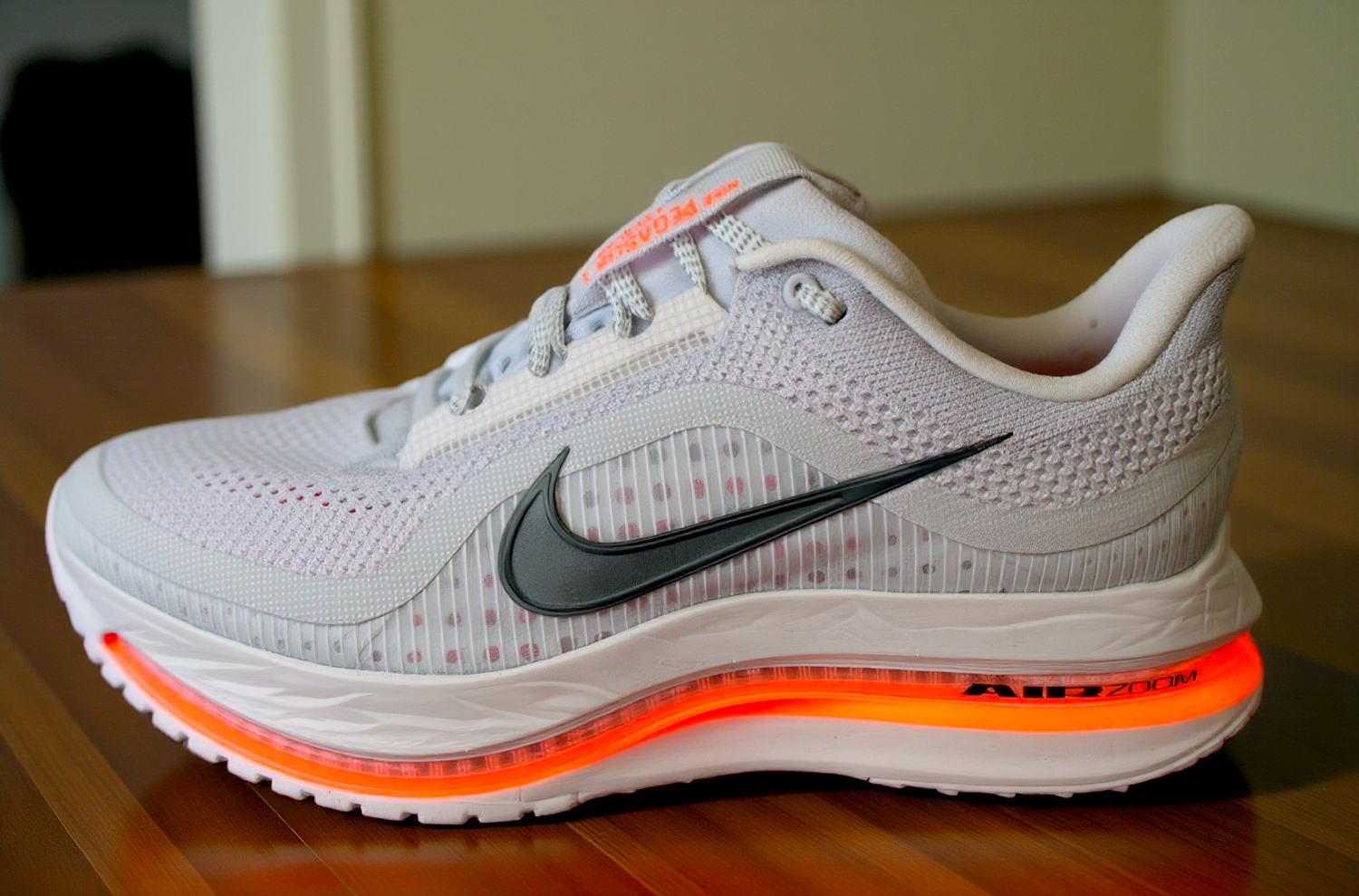
The Nike Pegasus Premium has stormed onto the running scene in 2025, igniting debates among runners and sneakerheads alike. Is it a groundbreaking daily trainer or an overpriced fashion statement? Priced at a hefty $210 (£190 in the UK), this shoe promises premium tech—ZoomX foam, a full-length Air Zoom unit, and ReactX foam—all wrapped in a bold design. But does it deliver on the trails and roads, or is it just a shiny collectible? In this exhaustive exploration, we dissect its specs, ride, fit, and polarizing reception to uncover whether the hype matches the reality.
🏃♂️ The Evolution of the Pegasus Line: Where Premium Fits In
A Legacy of Reliability
For over four decades, the Nike Pegasus has been a cornerstone for runners—a dependable, no-frills daily trainer. Now in its 41st iteration, the line has evolved from a workhorse to a platform for innovation, splitting into three tiers in 2025: the Pegasus 41, Pegasus Plus, and Pegasus Premium. This restructuring positions the Pegasus line as Nike’s “responsive cushioning” category, distinct from the plush Vomero and stability-focused Structure lines.
The Premium Proposition
The Pegasus Premium sits at the top, boasting high-end materials and cutting-edge tech. Unlike the Pegasus 41’s simpler React foam setup or the Plus’s lightweight responsiveness, the Premium aims for a luxurious, cushioned experience. Nike markets it as a daily trainer, but its hefty stack and bold aesthetics hint at ambitions beyond routine miles—perhaps targeting long runs or even sneaker culture crossover appeal.
🔍 Specs and Tech: What’s Under the Hood?
Stack Height and Weight
The Pegasus Premium pushes boundaries with a towering 45mm heel stack, tapering to 35mm at the forefoot for a classic 10mm drop. This max-cushion design is Nike’s tallest Pegasus yet, but it comes at a cost: weight. Men’s size 9 clocks in at 325-345 grams (11.5-12.2 ounces), while a women’s 7.5 hits 265 grams (9.3 ounces)—making it among the heaviest daily trainers reviewed in recent years.
Upper Construction
The upper blends a circular knit mesh with engineered overlays, delivering breathability and a premium feel. A plush, puffy tongue (non-gusseted but hefty) and padded heel counter enhance comfort, though some find the lacing system—featuring straps instead of traditional eyelets—tricky to dial in for perfect lockdown.
Midsole Magic: A Triple Threat
The midsole is where the Premium flexes its tech muscle:
- ZoomX Foam: A top layer of Nike’s race-day Peeba-based foam offers lightweight bounce and energy return.
- Full-Length Air Zoom Unit: A sculpted airbag, contoured to the foot’s shape, promises responsiveness and a unique ride. It’s a first for Nike, evolved from flat air units of yesteryear.
- ReactX Foam: A durable base layer adds stability and longevity, sandwiching the air unit for structure.
No carbon plate here, but the Air Zoom unit’s rigidity mimics a subtle propulsive effect.
Outsole Design
A modified waffle pattern with high-abrasion rubber covers most of the forefoot and heel, leaving some midfoot foam exposed alongside the Air Zoom unit. Traction holds up in wet conditions, though it struggles on slick surfaces like snow or treadmills.
🏞️ The Ride: Bouncy, Bold, and divisive
First Impressions Underfoot
Step into the Pegasus Premium, and you’ll notice a stiffness that softens after a mile or two. Once broken in, the ride transforms into a bouncy, lively experience. The ZoomX and Air Zoom combo delivers a trampoline-like pop, especially from midfoot to forefoot, where compressing the airbag feels propulsive. Heel strikers get cushioning, but the tall, narrow stack can feel wobbly.
Strengths of the Ride
- Energy Return: The midsole tech keeps legs fresher over long distances, with some runners reporting unexpectedly efficient paces despite the weight.
- Versatility: It shines on easy runs and long efforts, with enough responsiveness for strides or light tempo work.
- Fun Factor: The unique bounce—likened to “tightly strung mini trampolines”—makes lacing up a joy.
Weaknesses to Watch
- Instability: The 45mm stack, paired with a narrow midfoot, trips up heel strikers and pronators, lacking the wide-base stability of rivals like the Brooks Glycerin Max.
- Weight Drag: At quicker paces or during speedwork, the heft becomes noticeable, especially in heat when feet tire.
- Slappy Sensation: Without a pronounced rocker, some feel a flat, heavy foot strike, though a subtle late rocker helps.
👟 Fit and Comfort: Premium Feel, Narrow Execution
Sizing and Fit Profile
True to size lengthwise, the Pegasus Premium skews narrow—particularly through the midfoot and toe box. The knit upper flexes minimally, constrained by stiff overlays, making it a dream for narrow feet but a squeeze for wider ones. Half-sizing up may help broader-footed runners.
Comfort Highlights
- Plush Padding: The heel collar and thick tongue cocoon the foot, ideal for all-day wear or recovery strolls.
- Breathability: The circular knit excels in hot climates, resisting sweat absorption while keeping feet cool.
- Lockdown quirks: The strap-based lacing offers decent hold, though fine-tuning midfoot pressure can be elusive.
Casual Appeal
Beyond running, the Premium’s cushioned step-in comfort and striking design—highlighted by reflective accents and a bold Air Zoom flash—make it a standout for casual wear, blurring the line between performance and lifestyle.
⚖️ Pros and Cons: Weighing the Hype
Advantages
- Innovative Tech: The triple-stack midsole is a bold experiment, delivering a ride unlike any Pegasus before.
- Premium Build: High-quality materials and attention to detail justify the “Premium” moniker.
- Long-Run Comfort: Max cushioning absorbs impact, keeping legs lively over extended miles.
- Standout Style: A head-turning aesthetic appeals to collectors and casual wearers alike.
Drawbacks
- Price Shock: At $210 (£190), it’s a tough sell against lighter, cheaper alternatives.
- Heavy Duty: The weight hampers agility, limiting its versatility for speed-focused runners.
- Stability Issues: The narrow, tall stack falters for pronators or those needing a grounded feel.
- Exposed Air Unit: While durable so far, the visible airbag raises puncture concerns on rough terrain.
🌍 Real-World Reception: Love It or Leave It?
Runner Feedback
The Pegasus Premium has split the running community. Enthusiasts praise its bouncy ride and luxurious feel, with some logging 80-minute runs out of sheer enjoyment. Critics, however, slam its weight and instability, questioning its purpose in a crowded market. Heel strikers and wide-footed runners often pass, while narrow-footed fans revel in its fit.
Sneakerhead Buzz
Its sell-out launch and limited-edition colorways (e.g., numbered pairs like 15/500) fuel hype among collectors. Nike’s seeding to fashion influencers suggests a deliberate crossover strategy, blending running utility with street cred.
Comparison to Peers
How does it stack up?
| Shoe | Price | Weight (Men’s 9) | Stack (Heel) | Best For | Stability |
|---|---|---|---|---|---|
| Nike Pegasus Premium | $210 | 325-345g | 45mm | Long runs, casual | Moderate |
| Brooks Glycerin Max | $200 | ~300g | 40mm | Long runs | High |
| Asics Superblast 2 | $200 | ~255g | 45mm | Versatile training | High |
| Puma MagMax | $180 | ~280g | 44mm | Max cushion runs | High |
The Premium lags in weight and stability but shines in bounce and aesthetics.
💡 Who’s It For? Finding Its Niche
Ideal Users
- Long-Run Lovers: The cushioning and energy return suit marathoners or casual plodders.
- Tech Enthusiasts: Runners craving innovation will geek out over the midsole stack.
- Style Seekers: Sneakerheads and dad-shoe fans will flaunt it off the track.
- Narrow-Footed Runners: The snug fit caters to slimmer profiles.
Who Should Skip It?
- Speed Demons: Too heavy for intervals or races—stick to the Zoom Fly 6 or Pegasus Plus.
- Pronators: Lack of stability makes it risky for overpronators.
- Budget Buyers: At $210, value-driven runners can find better options under $200.
💸 Worth the Price? Verdict and Alternatives
The Value Question
At $210, the Pegasus Premium demands a premium mindset. Its tech and comfort impress, but the weight and niche use case don’t fully justify the cost for pure runners. If you’re chasing performance, the Asics Superblast 2 or Puma MagMax deliver more for less. Yet, its sold-out status and dual-purpose appeal suggest Nike nailed the hype for collectors.
Alternatives to Consider
- Nike Pegasus Plus: Lighter, snappier, and cheaper for daily training.
- Asics Superblast 2: A versatile max-cushion king with better stability.
- Brooks Glycerin Max: Wide-based comfort at a similar price.
- Hoka Skyward X: Bouncy and stable, though still heavy.
Final Take
The Nike Pegasus Premium is a running shoe—make no mistake. Its bouncy, unique ride elevates it beyond the Pegasus 41, but it’s not a one-size-fits-all trainer. For long-run enthusiasts or sneaker aficionados, it’s a quirky, premium gem. For speedsters or stability seekers, it’s a pass. Love it or hate it, Nike’s bold swing has runners talking—and that’s a win in itself.

